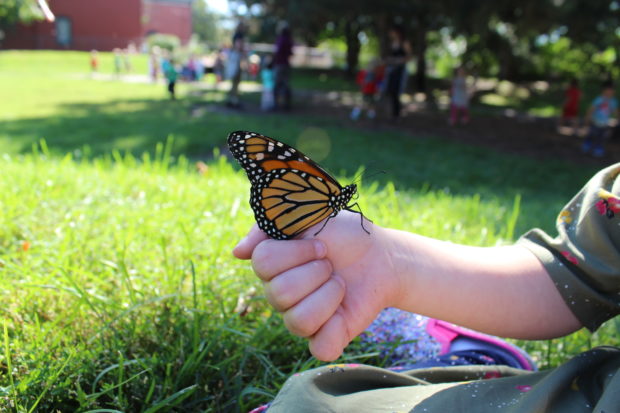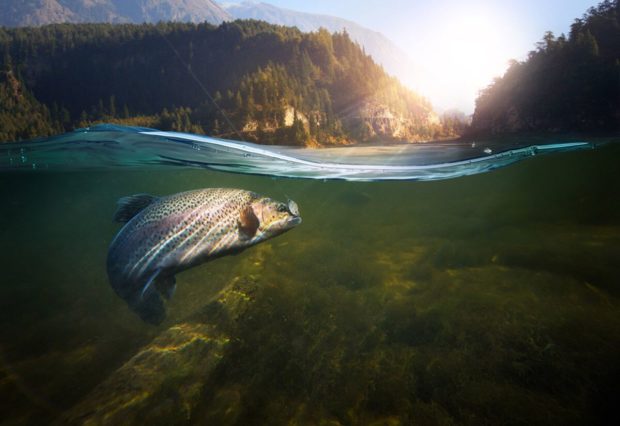We have much more to do and your continued support is needed now more than ever.
An Economic Stimulus Plan that is Good for Families, Recreation and Our Public Lands

Numerous vulnerabilities in our economic and healthcare systems have come to light during the COVID-19 pandemic. But the crisis has also highlighted just how much Americans love—and need—to connect with nature on our public lands. In Montana alone, visits to state parks climbed by more than 60% this year. Across the country, people flocked to local, state and national parks – so much so that many parks had to be closed because social distancing practices couldn’t be observed. And when there weren’t enough parks, mayors in many large cities, including New York, Philadelphia, Minneapolis, Denver and Seattle, shut down roads to give more people places to exercise.
There is indeed a deep hunger to get outside every day for our physical and emotional well-being during the pandemic, but it is a trend that was growing even before the virus hit. The outdoor recreation industry has been booming: generating $887 billion in consumer spending, creating 7.6 million jobs and providing cities and states with nearly $60 billion a year in tax revenues annually.

As it happens, Congress is considering a plan that would tie all of these benefits together: generate new jobs, create new opportunities for recreation and provide fuel for state and local economies. It’s called the Land and Water Conservation Fund (LWCF) and for more than five decades it has helped create and maintain parks, hiking and biking trails, ballfields, waterfront access and so much more in nearly every county in the United States. The Land and Water Conservation Fund is entitled to receive $900 million every year— derived entirely from offshore oil revenues. Unfortunately, only twice in its history has the fund ever received that full amount.
The Land and Water Conservation Fund has helped support some of this nation’s most beloved public places: from the Acadia National Park in Maine to Joshua Tree National Park in California and thousands of places big and small in between. Imagine what additional parks, trails and wildlife areas we’d be enjoying right now if only LWCF had been fully funded over the past 55 years.

Fortunately, last year, Congress voted to permanently reauthorize the program, and just before the pandemic hit, lawmakers were poised to permanently fund it so it can reach its full potential.
So now, when Congress is rightly focused on how to stimulate the economy, many leaders are realizing that one of the solutions is right in front of them. Across the country there are scores of shovel-ready projects just waiting for LWCF funding. These projects will provide jobs in construction, restoration and conservation. That in turn will provide additional opportunities for American families to get outside to hike, bike, camp, fish and pursue many other outdoor recreation passions. According to the Trust for Public Land, every dollar invested in LWCF returns at least $4 in economic benefits. For an investment of $900 million, that’s a $3.6 billion return.
Now is the time to make this investment in conservation and restoration to begin the economic healing from the pandemic. Providing full and permanent funding for the Land and Water Conservation Fund will produce jobs for the unemployed, provide new parks and hiking trails for our health and well-being, and stimulate our local economies with new recreation opportunities for generations to come.






















